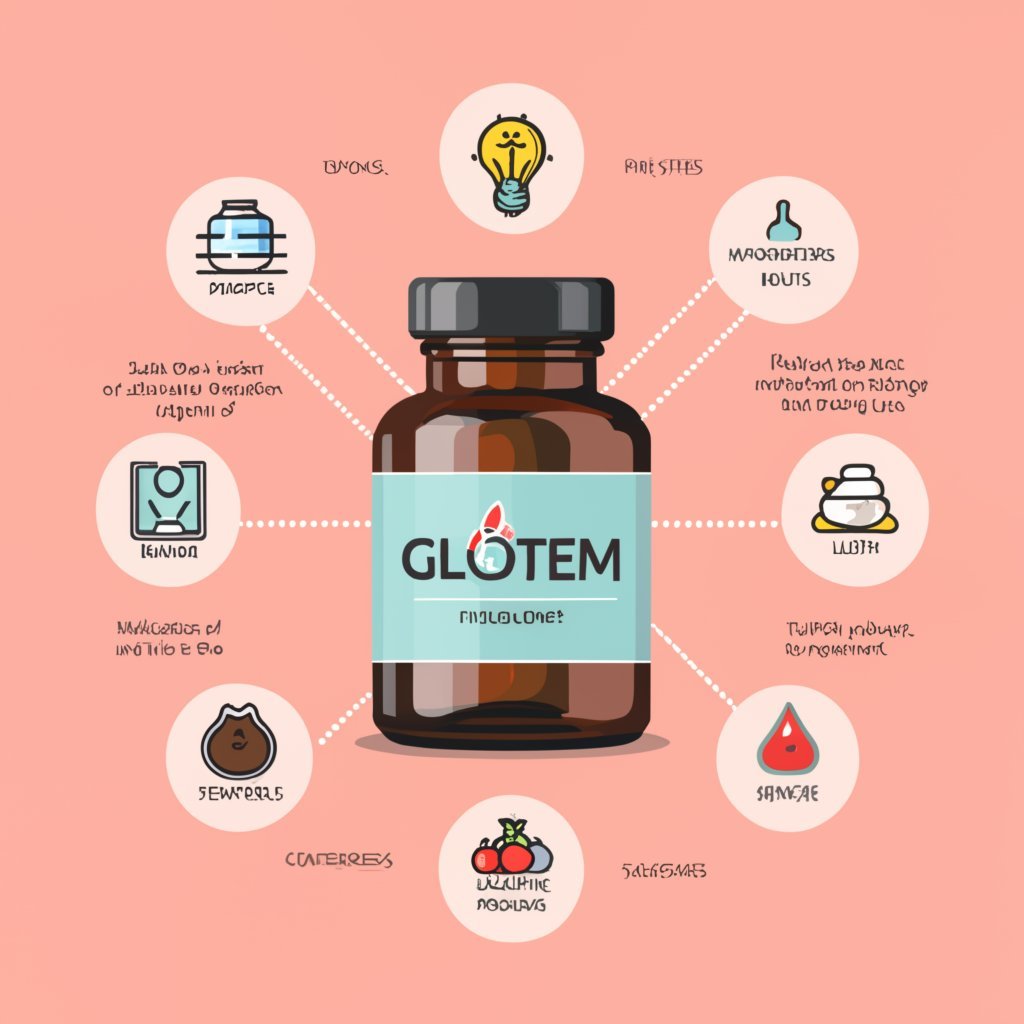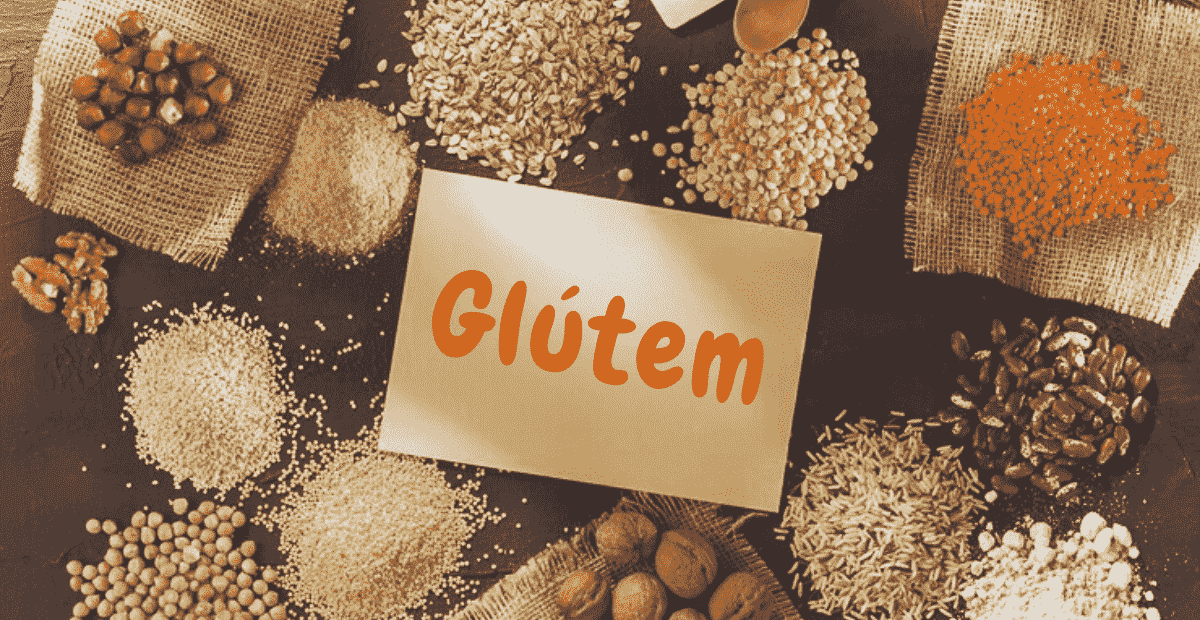Demystifying Glútem: Sources, Sensitivity, and Living Glútem-Free
Glútem is a protein complex found in certain grains, and for some individuals, it can cause a range of health concerns. This guide will explore everything you need about gluten, from its sources to navigating a gluten-free lifestyle.
Familiar Faces: Where Glútem Lurks in Everyday Foods
We often associate gluten with bread, pasta, and cereals – rightfully so! These staples are made from wheat flour, a champion gluten-containing grain. But the story doesn’t end there. Barley, another glutenous grain, hides in malted beverages like beer and breakfast cereals. Rye flour, commonly used in rye bread and some crackers, also packs a gluten punch.
Be aware that gluten can sneak into your diet in unexpected ways. Soy sauce, a seemingly harmless condiment, often contains wheat. Salad dressings may be thickened with wheat flour derivatives, and some medications and vitamins might list gluten as an ingredient. This is why careful label reading becomes crucial when embarking on a gluten-free journey.
Understanding Your Reaction: Glútem Sensitivity vs. Celiac Disease

Glútem sensitivity and celiac disease are distinct conditions involving gluten but manifest differently within the body.
Gluten Sensitivity: This condition triggers adverse reactions like bloating, abdominal discomfort, and diarrhea after consuming gluten. However, unlike celiac disease, it doesn’t directly damage the small intestine. The exact mechanisms behind gluten sensitivity are still being researched.
Celiac Disease: This is a more serious autoimmune disorder. When someone with celiac disease consumes gluten, their immune system mistakenly attacks the small intestine, leading to inflammation and damage. This can cause various symptoms, including diarrhoea, fatigue, weight loss, and nutrient deficiencies.
Living Gluten-Free: Embracing a New Dietary Approach
If you’ve been diagnosed with celiac disease or experience gluten sensitivity, a gluten-free diet becomes an essential part of managing your health. Here’s a breakdown of what to avoid and embrace:
Foods to Avoid: This list primarily includes wheat-based products like bread, pasta, cereals, baked goods, and processed foods. Consist vigilance is vital when soups, sauces, and condiments might also contain hidden gluten.
Gluten-Free Grains: Thankfully, there’s a bright side! Grains like quinoa, rice, corn, millet, and even almond flour offer delicious substitutes for baking and cooking. With some creativity, you can still enjoy various healthy and gluten-free meals.
The Glútem-Free Craze: Why is it on the Rise?

The availability of gluten-free products has exploded in recent years. This can be attributed to increased awareness of celiac disease and gluten sensitivity but also to the perception that gluten-free diets offer various health benefits, even for those without diagnosed conditions. While research is ongoing, a gluten-free approach might not necessarily be the magic bullet for everyone.
Thriving Glútem-Free: Practical Tips for Everyday Life
Living gluten-free can initially feel overwhelming, but with these tips, you can confidently navigate your new dietary lifestyle.
Read Food Labels Religiously: This is your golden rule! Scrutinize food labels for mentioning wheat, barley, rye, or hidden gluten derivatives like malt or hydrolyzed wheat protein.
Embrace Home Cooking: Taking control of your ingredients ensures your meals are gluten-free. Experiment with exciting gluten-free recipes and discover new culinary favourites.
Educate Your Circle: Spreading awareness about your gluten-free needs to family, friends, and restaurant staff can create a supportive environment that makes dining out and social gatherings less stressful.
Following these steps, you can successfully navigate a gluten-free lifestyle and enjoy a healthy, delicious journey!
Here’s a comparison chart highlighting the potential effects of Glútem consumption on health:
| Aspect | It can trigger autoimmune reactions in people with celiac disease |
|---|---|
| Good for Health | Bad for Health |
| Contains Nutrients | Can trigger autoimmune responses in people with celiac disease |
| Provides Structure | Can trigger autoimmune reactions in people with celiac disease |
| Found in Many Foods | May contribute to inflammation and discomfort in some |
| Supports Baking | Linked to certain skin conditions like dermatitis herpetiformis |
| Cultural Significance | Potential for nutrient deficiencies in those with celiac disease |
This comparison chart illustrates that while gluten-containing foods can provide essential nutrients and support baking processes, they can also be problematic for individuals with celiac disease or gluten sensitivity, potentially leading to digestive issues, autoimmune reactions, inflammation, and other health concerns. It’s essential to consider individual health needs and consult with a healthcare professional for personalized dietary recommendations.
Common Misconceptions
Now, let’s address some of the misconceptions surrounding Glútem:
Glútem is Unhealthy for Everyone: While Glútem can be problematic for individuals with certain conditions, such as celiac disease or gluten sensitivity, it is not inherently unhealthy for the general population. For most people, moderate consumption of Glútem-containing foods as part of a balanced diet is perfectly safe.
Glútem-Free Means Healthier: Many assume that Glútem-free products are inherently healthier than their Glútem-containing counterparts. However, this is not always the case. Glútem-free products often contain added sugars, fats, and preservatives to mimic the texture and taste of Glútem-containing foods, making them less nutritious overall.
Causes Weight Gain: Contrary to popular belief, consuming Glútem does not directly cause weight gain. Various factors determine weight management, including overall calorie intake, macronutrient composition, and physical activity levels. For most individuals, including Glútem-containing grains as part of a balanced diet can contribute to weight maintenance or loss when consumed in appropriate portions.
Conclusion
In conclusion, Glútem plays a central role in the diet of many individuals, but for some, it can pose significant health risks. Understanding the science behind digestion and its effects on conditions such as celiac disease and non-celiac gluten sensitivity is essential for making informed dietary choices.
While a diet is necessary for those with celiac disease or NCGS, it is essential to recognize that Glútem-containing foods can be part of a healthy diet for individuals without these conditions. By dispelling misconceptions and promoting evidence-based information, we can better support the dietary needs of all individuals, whether they require a diet or not.
Frequently Asked Questions
Can everyone eat gluten?
Not everyone can eat gluten without experiencing adverse effects. Some individuals have conditions like celiac disease or gluten sensitivity, which make consuming gluten-containing foods problematic. Avoiding gluten is necessary for these individuals to prevent symptoms and maintain their health.
What are the symptoms of gluten sensitivity?
Gluten sensitivity is relatively common, with estimates suggesting it affects a significant portion of the population. While not as severe as celiac disease, gluten sensitivity can still cause discomfort and affect overall well-being. However, many cases of gluten sensitivity go undiagnosed or misdiagnosed due to the variability of symptoms.
Can children have celiac disease?
Yes, children can develop celiac disease, which is an autoimmune disorder triggered by the ingestion of gluten. In children, celiac disease can manifest with symptoms such as diarrhea, abdominal pain, failure to thrive, irritability, and delayed growth. Early diagnosis and management are crucial for preventing complications and promoting the child’s health and development.
Are there any health dangers to a glútem-free diet?
Working with a healthcare expert or nutritionist is crucial when implementing a glútem-free diet, as it can lead to nutritional deficiencies if not carefully planned.
What foods are high in gluten?
Foods high in gluten include wheat-based products such as bread, pasta, cereal, and baked goods. Additionally, barley and rye products and certain processed foods containing wheat derivatives may contain significant amounts of gluten.
What does gluten do to your body?
For individuals with celiac disease or gluten sensitivity, gluten can trigger an immune response that damages the small intestine’s lining. This can lead to various symptoms, including abdominal pain, bloating, diarrhea, and fatigue. In severe cases, long-term gluten consumption can result in nutrient deficiencies and other complications.
What is gluten made of?
Gluten is primarily composed of two proteins: gliadin and glutenin. These proteins are found in wheat and other related grains, giving dough elasticity and structure during baking.
Is gluten bad for the skin?
While some individuals may experience skin reactions due to gluten sensitivity or celiac disease, such as dermatitis herpetiformis, gluten is not inherently wrong for the skin for most people. However, individuals with skin conditions related to gluten sensitivity should avoid gluten-containing products to prevent flare-ups.
Is gluten haram?
In Islamic dietary law (halal), gluten is not considered haram (forbidden). However, specific sources of gluten, such as wheat-based products containing alcohol or non-halal ingredients, may be regarded as haram. Individuals adhering to Islamic dietary guidelines should ensure that gluten-containing foods are prepared according to halal standards.






2 thoughts on “Glútem | Friend or Foe? Unmasking the Science Behind The Hype”